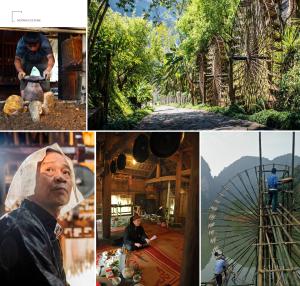Tango, originating from the working-class neighborhoods of Buenos Aires and Montevideo in the late 19th century, carries multiple meanings and holds significant importance:
- Cultural expression: Tango serves as a powerful cultural expression of the Argentine and Uruguayan people, reflecting their history, struggles, and emotions. It embodies the fusion of various cultural elements, including African, European, and indigenous influences, making it a symbol of cultural diversity and identity.
- Social significance: Tango has historically been a dance of the people, originating in marginalized communities and providing a form of emotional expression and connection. It has served as a way to break social barriers and create a sense of community among people from diverse backgrounds.
- Artistic form: Tango is not just a dance but also a musical genre, comprising intricate rhythms, melodies, and poetic lyrics. It has become a celebrated art form globally, appreciated for its passionate and evocative expression, both in its music and its dance.
- Tourism and national identity: Tango plays a significant role in promoting tourism, with tango shows and festivals attracting visitors from around the world to experience the essence of Argentine and Uruguayan culture. It has become an essential part of the countries' national identity and a source of pride for the people.
Overall, Tango represents a rich cultural heritage and continues to be cherished as a symbol of passion, resilience, and the spirit of the people of Argentina and Uruguay.
10-20-2023
| Institutional and human capacities | The two nominating States have presented a number of joint and individual safeguarding measures for the element by which the communities and the authorities commit to the creation of specialized training and documentation centres, as well as the establishment of an orchestra, museums and preservation trusts. | |
| Transmission and education | The transmission of Tango, a passionate and intricate Argentine dance, traditionally occurs through a combination of formal instruction in dance schools and informal social gatherings called "milongas." Instructors impart the technical and emotional aspects of Tango, emphasizing the connection between dancers and the music. Beyond formal education, Tango's essence is often passed down through the experience of dancing in the close embrace of a partner and learning the nuances of the dance from more experienced dancers in the Tango community. | |
| Inventorying and research | Inventorying and researching tango typically involves cataloging and documenting its historical development, styles, and influential figures. This process helps preserve the cultural heritage of tango, providing valuable insights into its evolution and significance within the realm of dance and music. | |
| Policies as well as legal and administrative measures | Tango is a popular partner dance that originated in the Rio de la Plata region of South America. While there are no specific global policies or legal measures governing tango, its promotion and preservation are often supported by local governments and cultural organizations through initiatives such as dance festivals, heritage preservation programs, and funding for tango-related events. Administrative measures may include the regulation of public dance spaces, licensing for tango instructors, and the establishment of tango associations to coordinate and oversee the dance community. | |
| Role of intangible cultural heritage and its safeguarding in society | The intangible cultural heritage of tango plays a crucial role in the society by preserving and promoting the cultural and artistic expressions, rituals, and knowledge associated with this dance and music genre. Its safeguarding involves transmitting the skills, stories, and traditions of tango from one generation to another, fostering a sense of identity and continuity, and contributing to the cultural richness and diversity of the communities where it is practiced. | |
| Awareness raising | The awareness raising of tango involves promoting and popularizing this traditional Argentine dance through various means, such as dance performances, workshops, and cultural events. Tango enthusiasts and organizations often organize classes and social gatherings to introduce new audiences to the beauty and history of tango, contributing to its continued appreciation and practice worldwide. | |
| Engagement of communities, groups and individuals as well as other stakeholders | The engagement of communities, groups, and individuals in the world of tango is vital for its preservation and growth. It fosters a sense of cultural identity and connection, as enthusiasts from diverse backgrounds come together to celebrate this passionate dance form. In addition to dancers and musicians, the involvement of stakeholders such as dance schools, event organizers, and cultural institutions is crucial for organizing tango festivals, classes, and performances that further enhance the global tango community. | |
| International engagement | Tango, the passionate and sultry dance that originated in the working-class neighborhoods of Buenos Aires, Argentina, has achieved widespread international engagement. Its seductive allure and rhythmic complexity have made it a global phenomenon, with tango festivals, clubs, and enthusiasts found in cities around the world, contributing to the dance's continued evolution and popularity. This international engagement has fostered cross-cultural exchanges, promoting a deeper appreciation for the art of tango beyond its Argentine roots. | |
| References |
|
|

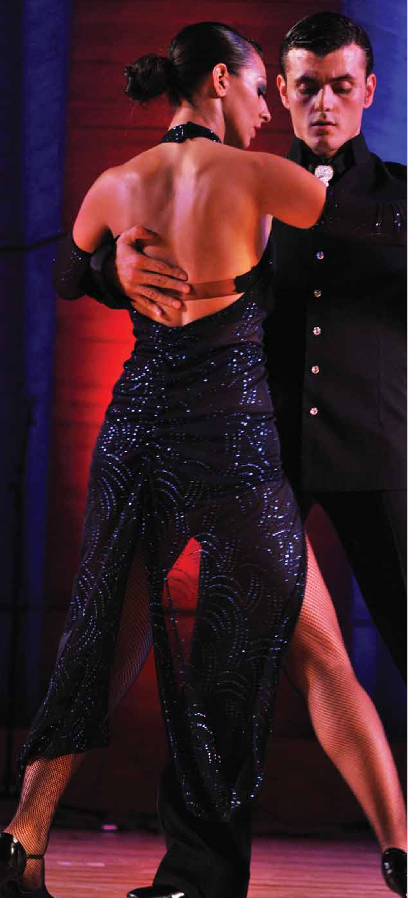
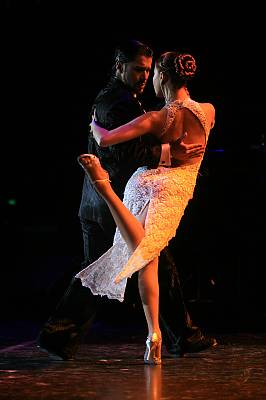
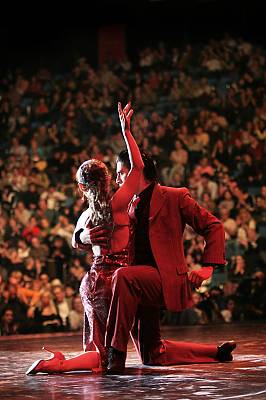
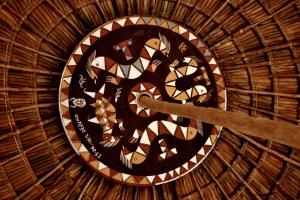

.jpeg)
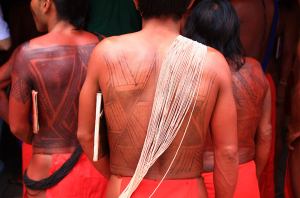
.jpg)
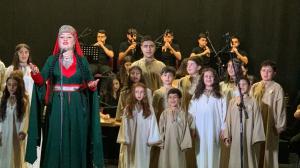


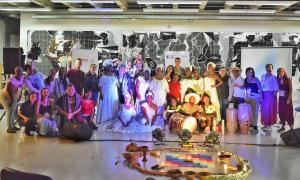
.png)
.jpg)















_(31711258567).jpg)

















